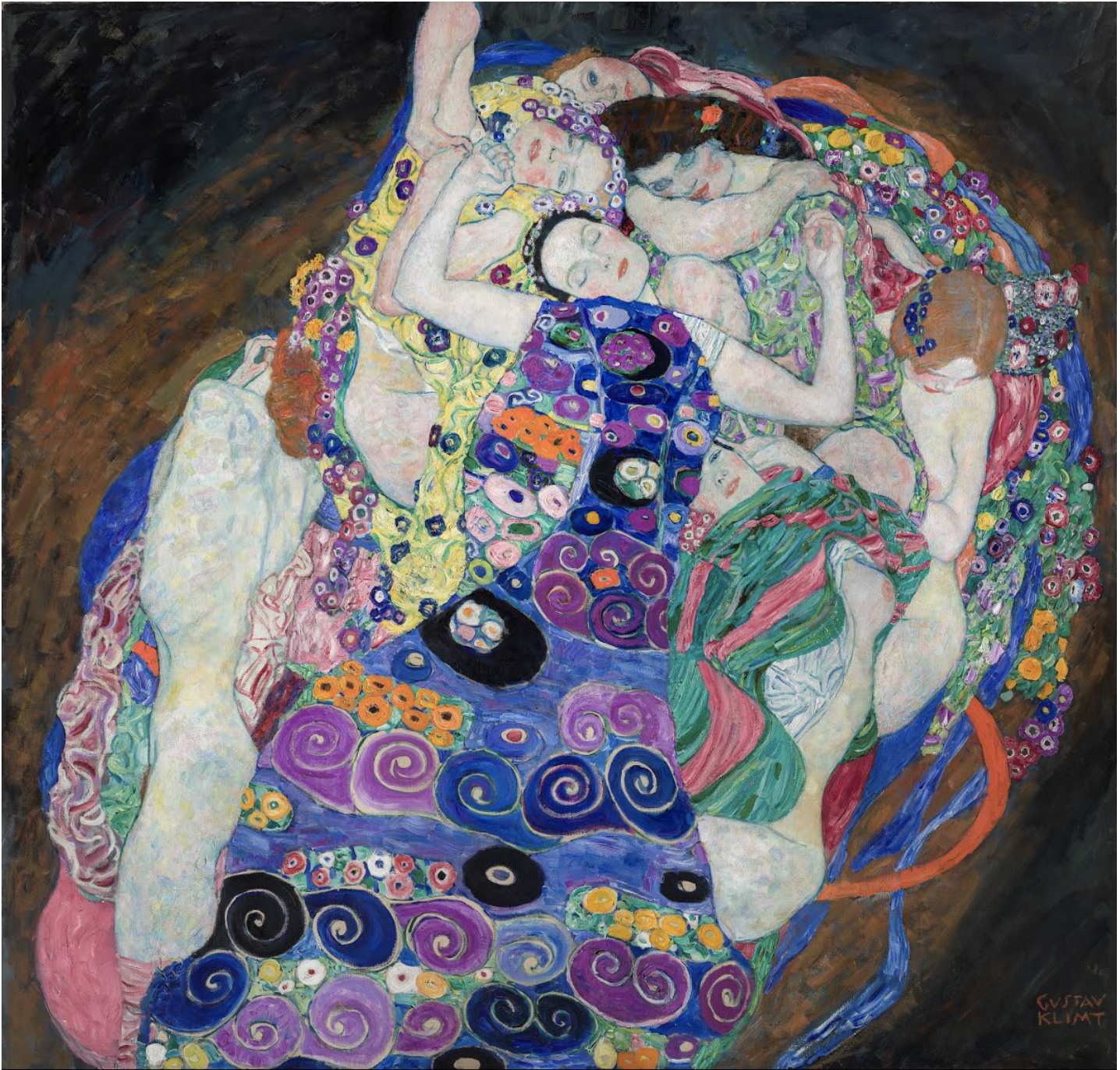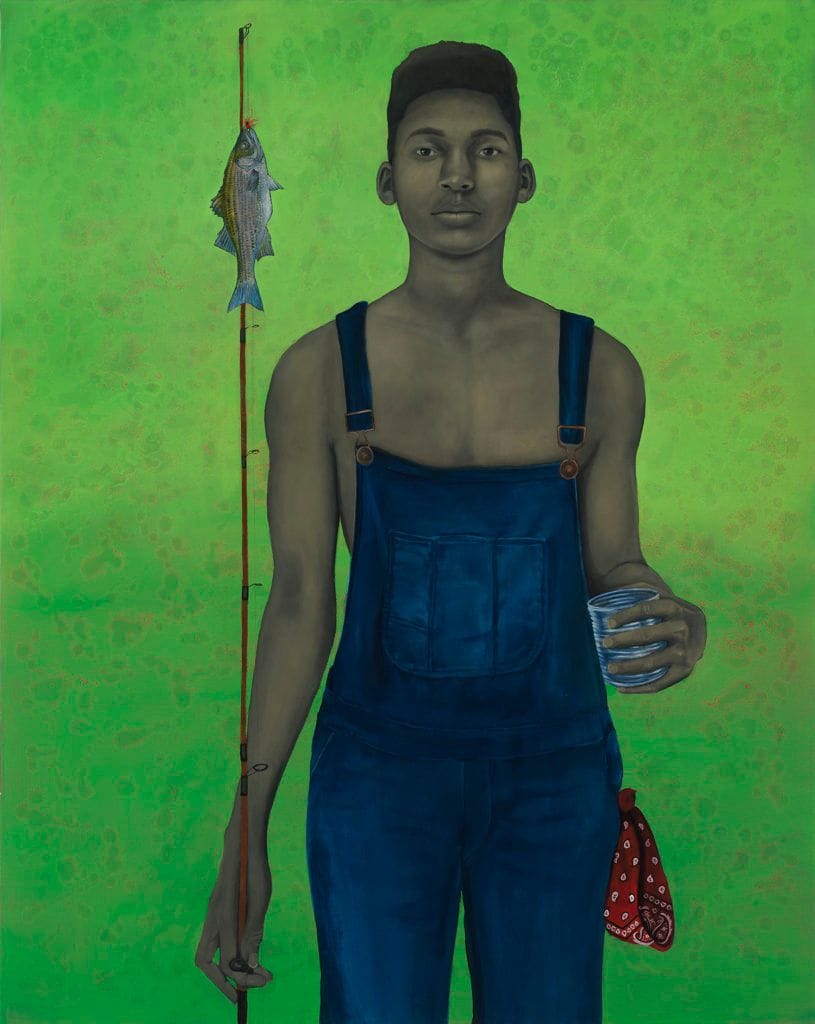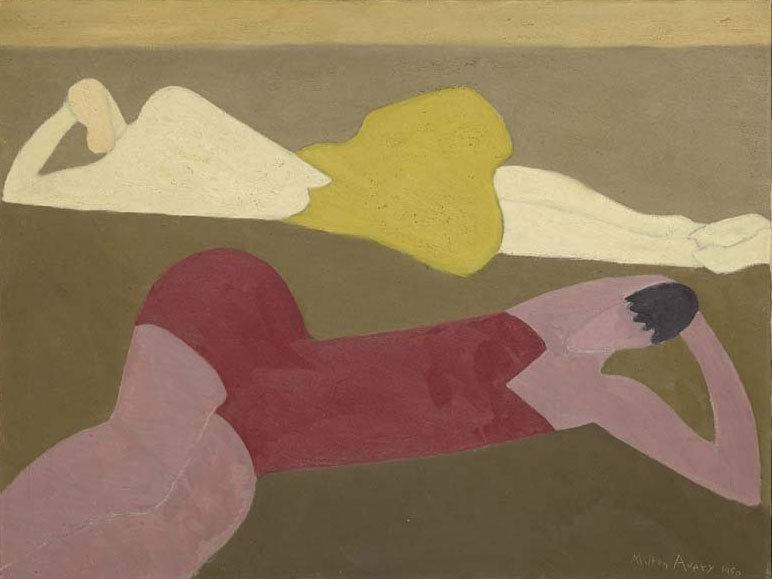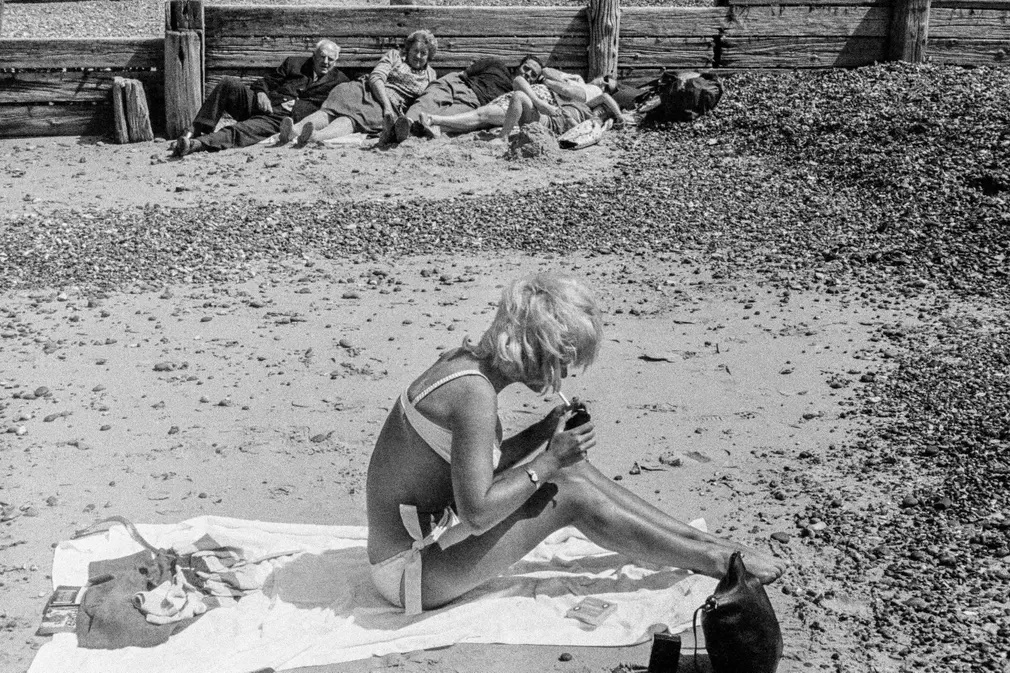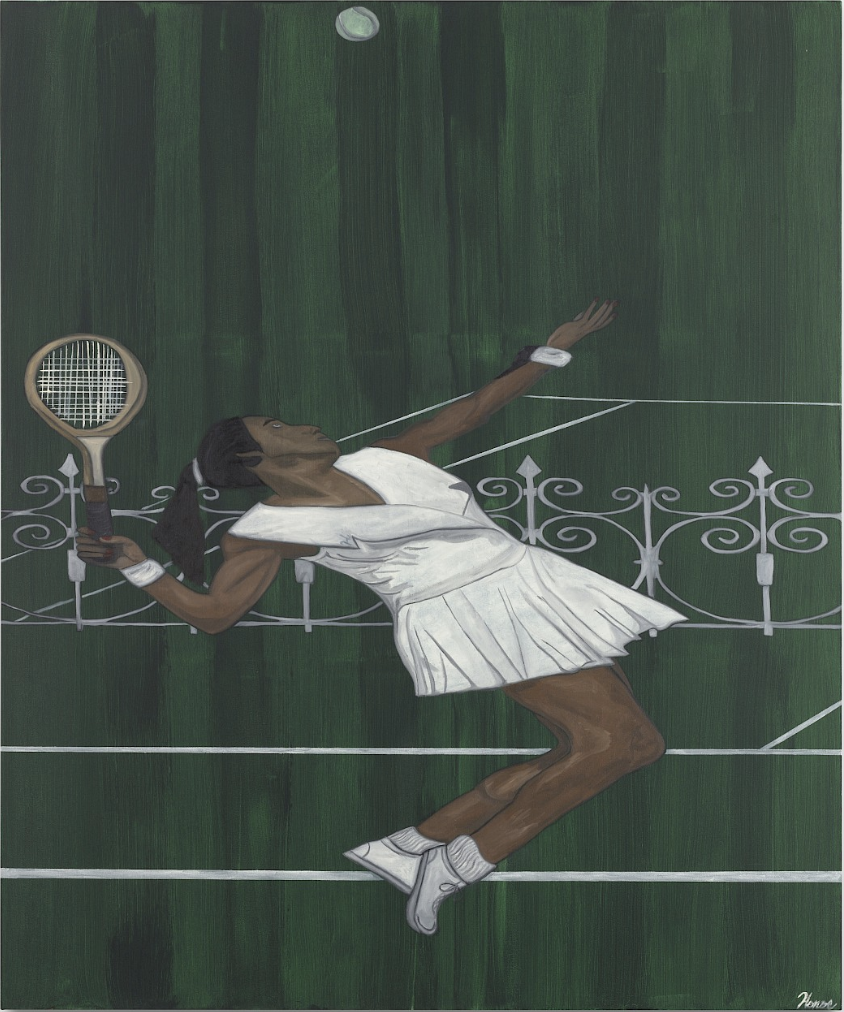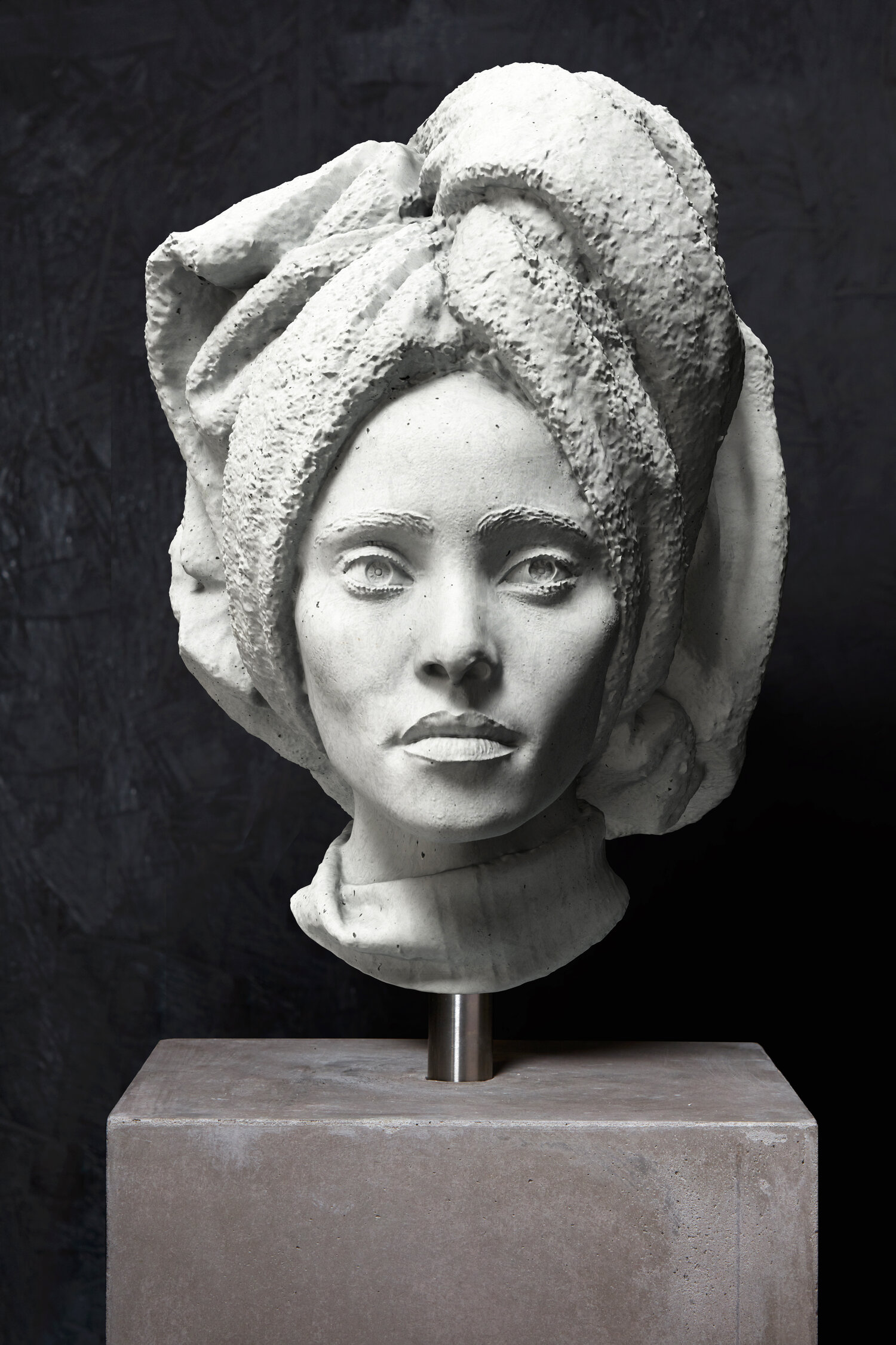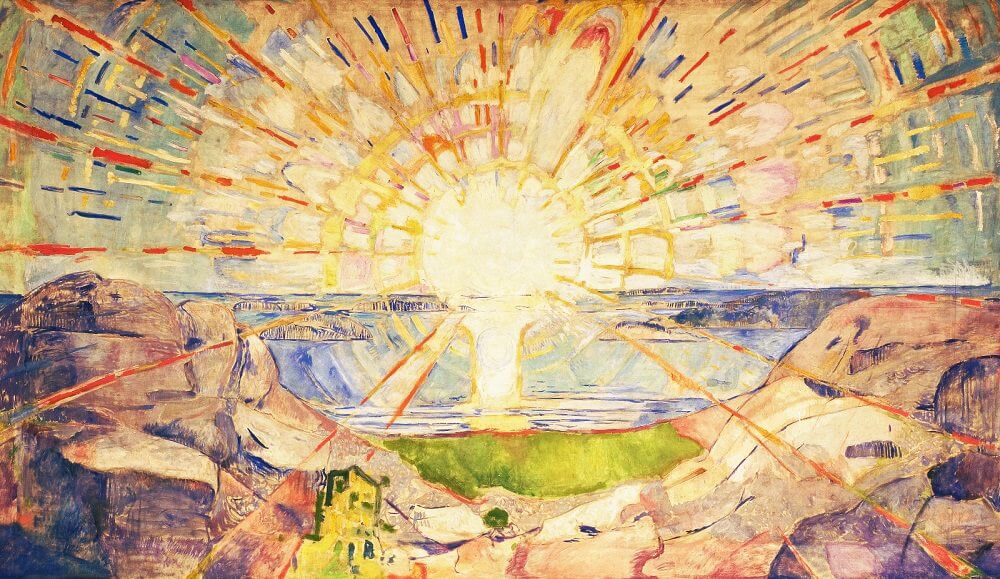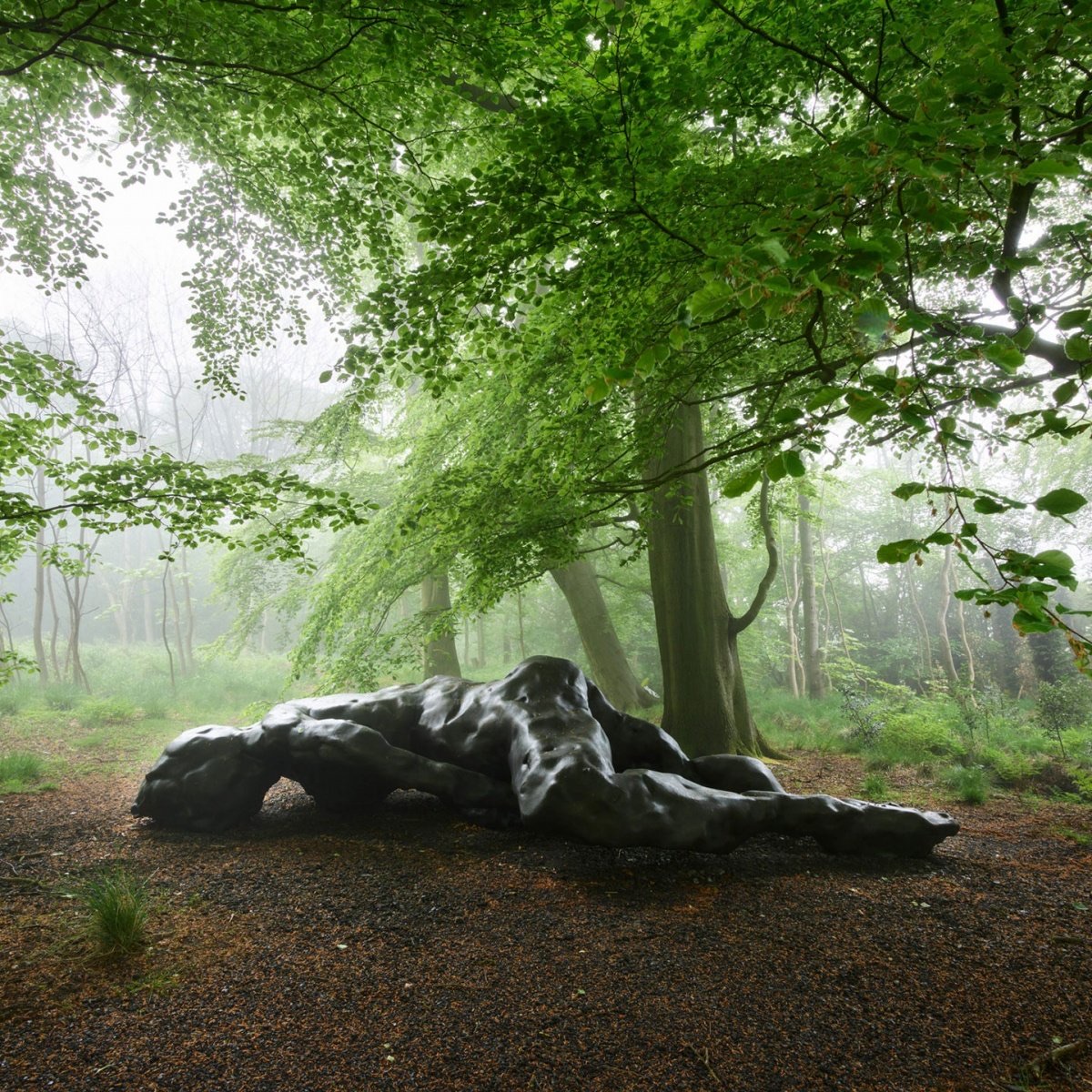
Discover Tracey Emin, I Lay Here For You, 2022
Currently installed in an old-growth beech grove in Jupiter Artland’s informal woodland is Tracey Emin’s I Lay Here For You (2022). The six-metre bronze depicts a nude woman, face burrowed into the ground, posterior raised. She avoids eye contact and is wholly content in her own company. This monumental celebration of sexual intimacy is part of an exhibition of new works made in the wake of Emin’s recovery from bladder cancer that reflect on the possibility of love after hardship. As with much of the artist’s work, it explores the tension between fragility, hope, sexuality and vulnerability, prompting the viewer to reconsider woman’s place in nature.
Share




